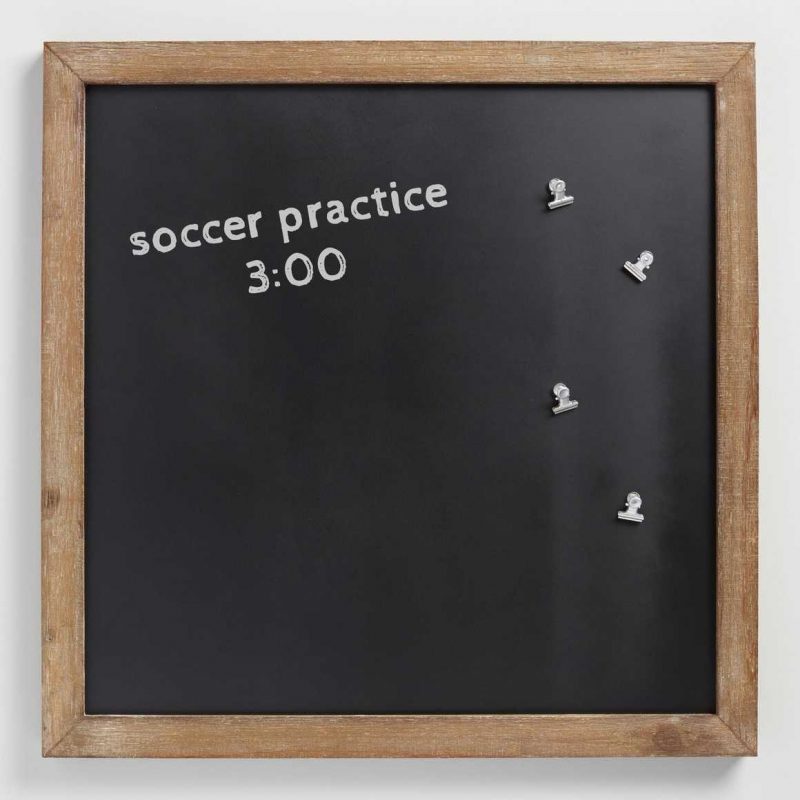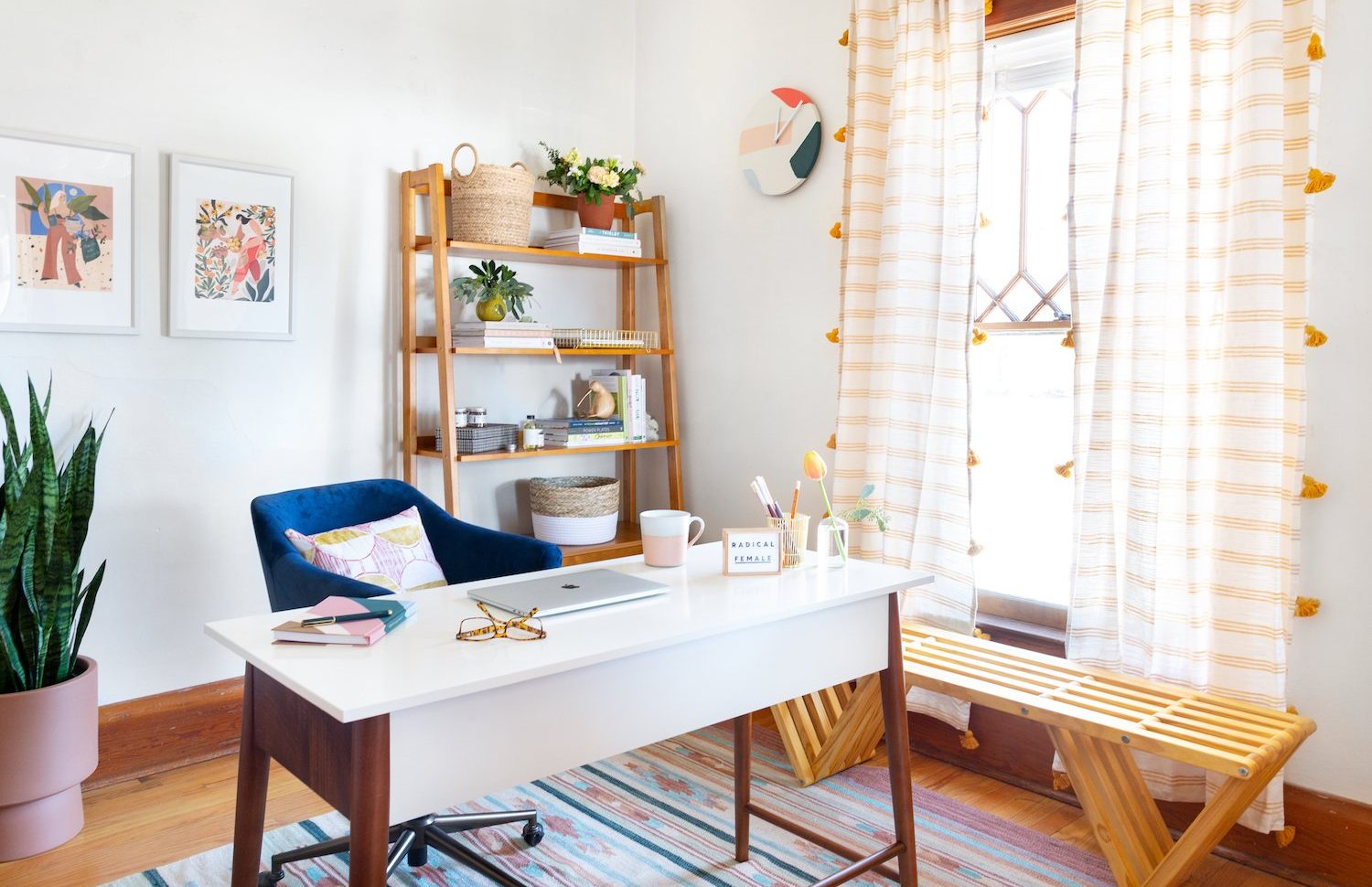Most of us have worked from home a day or two in our careers. Whether it was the occasional sick day, or a snow day school closure, there was always comfort in the thought that this was a one-day thing.
But, with many schools closing their door for an indeterminate time, we’re faced with the challenge of working from home efficiently, for the long term, with our kids in tow.
When creating your workspace, think about how you can separate your work from your home. Not only will this creating a healthy boundary for you (there’s nothing worse than your bed becoming the home office), but it’ll also make it clear to your children when and where they can come to you.
If you have the luxury of a home office with a door, let your kids know that a closed-door means knocking or no disruptions. Alternatively, an open door means “come on in” for your crew. You can even ask your kids to create a custom hotel-style “Do Not Disturb” door hanger for your door.
Don’t have a dedicated office space? Think about temporary alternatives that’ll mark off a literal space. Try a subtle, but effective, privacy screen (we also like this one). If you can’t be seen while you’re working, you’re less likely to be disrupted. To maintain space between your home and work, try to work exclusively from this space — it’ll keep your kids from guessing whether you’re working or not.

It’s easy to let your schedule slide if you don’t need to get out of your pajamas to start working. But, if you want to make working from home easier for your coworkers (a.k.a. your kids), sticking to a daily schedule will make all the difference.
Do your best to keep the days as predictable as possible. Try to break for meals, and allow screen time at the time increments each day. While you’re planning out your kid’s time, take care to try and make your schedule mirror theirs. Plan for calls when the kids are engaging in screen time, or plug in break time from work when your kids are deep in online learning. Keep a calendar or loose daily schedule on a whiteboard or chalkboard, and place it where everyone can see it.
Your kids might also feel more settled if they know your availability. If it’s possible, you can try shifting hours in tandem with your spouse. Maybe you can start early work earlier in the day, and your partner later, so there’s always a parent present to help with the kids. Or, split your day in two and work an early-morning shift and an evening shift, giving your kid’s attention during the day.
No matter what you choose to do, try to keep your kids from guessing. If they know what to expect each day, they’re less likely to act out and interrupt you mid-Zoom conference.

We hate to break it to you, but no matter what productivity apps you use and office equipment you drag into your workspace, the home will never be the same as the office, especially when the kids are running around.
Instead of feeling frazzled and frustrated by interruptions, plan for them. Expect and schedule in more “breaks” than your average workday to check in on the kids. They’ll appreciate the attention, and the time away from work might leave you energized.
For every hour of work, try to plug in 10–20 minute breaks or check-ins. See what the kids need, have a little fun, and then return to the office. This will help you avoid the dreaded midday fights or temper tantrums for attention. As you end each break, let the kids know the next time they can expect to see you. They might even enjoy a kitschy kitchen timer or hourglass that you set to let them know when to anticipate seeing you again.

We’ll admit it: having your kids as officemates is a weird and unusual situation that most of us didn’t expect to be in. It’ll take some adjustment, for both your and the kids, to get used to, but with some processes and expectations in place, it doesn’t have a daily struggle.

